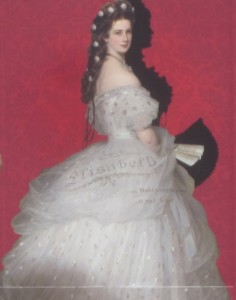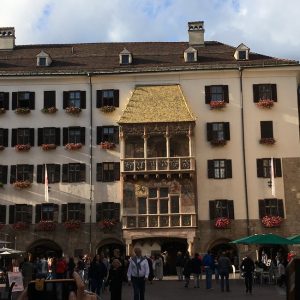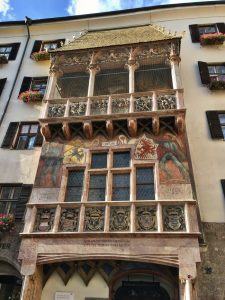Tag Archive
activity architecture art artist building Canada children city CostSaver downtown drive i-95 entertainment Europe event exhibit family festival Florida food fun historic History landmark local Museum music Nature New Zealand Ontario roadtrip sculpture Seattle show sights sightseeing tour tourist Trafalgar travel travelblogger view Washington Washington State water world
New Zealand: Northern Island- Hamilton Gardens, Northern Island, NZ
Invoking the floral colours of an intricate Indian rug, the Indian Char Bagh Garden at Hamilton Gardens definitely has the feel of India. A bagh is an enclosed 4-part garden 8 -18th century Muslim world Asia to north Africa to Spain, paradise gardens universal garden became a distinctive art form in 16 & 17th century under mughal Rulers and then Hindu aristocracy poetic secret pleasure gardens feel breezes, hear water gurgling perfume of flowers real living carpet.
Austria, Innsbruck: Golden Roof, Innsbruck Austria
.
The Goldenes Dachl or Golden Roof (built around 1500) is a landmark and famous symbol in Old Town (Altstadt) Innsbruck, Austria. The edifice was built for Emperor Maximilian I to mark his wedding to Bianca Maria Sforza of Milan. It served as a royal box where the Emperor and his imperial entourage could sit and enjoy festivals, tournaments, and other events that took place in the square below. Since he did not wish to alienate the allies gained by his first marriage, to Maria of Burgundy, he had an image painted of himself on the balcony between the two women.The roof was decorated with 2,657 fire-gilded copper tiles.
Cosmos Tour: Prague Vienna Budapest – Beloved Sisi, Empress Elisabeth
Just as we have our beloved famous Disney princesses, the Austro-Hungarian Empire had theirs – but she was for real. They call her by her nickname Sisi, and she was their Empress for 44 years.
Their have been numerous movies, plays, operas, ballets, books and music about her in the German speaking world. It is probably the trilogy of romantic films about her life which starred a young Romy Schneider which made her a household name. She is so popular that the 3 movies are shown every Christmas on Austrian, German, Dutch, and French television.
Though her husband Emperor Franz Josef adored her, she felt stifled by Habsburg court life and traveled extensively whenever and wherever she could. She loved learning and spoke English, French, modern Greek and Hungarian. Her domineering mother-in-law made her life miserable and even took away her children to raise. Her first daughter died as a toddler and her beloved son Crown Prince Rudolph, heir to the throne, committed suicide along with his lover, and she never fully recovered from that loss.
Empress Elisabeth was vain and did not sit for any portraits after she was 32 and would not allow any more photographs, so that her public image would always remain of her youthful self. She was tall, and compulsively maintained the same low weight all through her life thru exercise (horsemanship, fencing, hiking) and fasting.
Her interest in politics had developed as she matured. She felt an intense emotional alliance with Hungary, and worked toward it gaining an equal footing with Austria. Elisabeth was an ideal mediator between the Magyars and the Emperor. She was a personal advocate for Hungarian Count Gyula Andrássy (he was a lifelong friend, and possibly her lover).
Finally, the Austro-Hungarian Compromise of 1867 created the double monarchy of Austro–Hungary. Andrássy was made the first Hungarian prime minister, and in return he saw that Franz Josef and Elisabeth were officially crowned King and Queen of Hungary.
Sisi was assassinated “by accident” in 1898 by Luigi Lucheni, who had planned to kill the Duke of Orleans, Pretender to France’s throne, but the Duke had left town. Despite warnings of possible assassination attempts Elisabeth, now age 60, traveled incognito to Geneva. She eschewed the protection which the Swiss government had offered and only promenaded with her lady-in-waiting.
You can visit many of her residences: her apartments in the Hofburg and the Schönbrunn Palaces in Vienna, the imperial villa in Ischl, the Achilleion in Corfu, and her summer residence in Gödöllő, Hungary.
These plaques, mounted in Vienna, tell some of her story:



